Before he was a protector, Kenshin was a fearsome assassin known as Battosai. But when he meets gentle Tomoe Yukishiro, a beautiful young woman who carries a huge burden in her heart, his life will change forever.
Related Movies
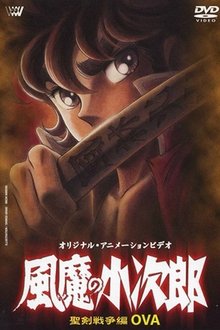
Kojiro of the Fuma: Fuma Rebellion Chapter (1992)
It's been three months since the Sacred Sword War ended, & Kojiro and Ryoma are nowhere to be found. Back at the villiage of the Fuma clan, a group calling themselves the "Shinsei Fuma clan" forms, calling for an end to the clan of old... And those who are not with them are considered the enemy.
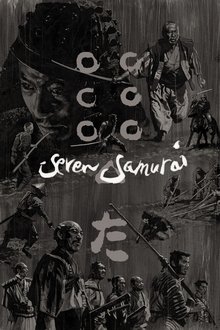
Seven Samurai (1954)
A samurai answers a village's request for protection after he falls on hard times. The town needs protection from bandits, so the samurai gathers six others to help him teach the people how to defend themselves, and the villagers provide the soldiers with food.
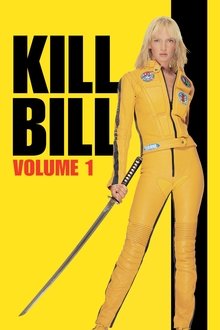
Kill Bill: Vol. 1 (2003)
An assassin is shot by her ruthless employer, Bill, and other members of their assassination circle – but she lives to plot her vengeance.
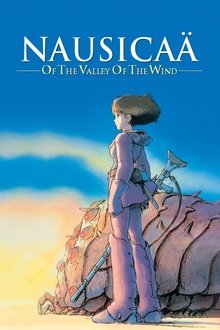
Nausicaä of the Valley of the Wind (1984)
After a global war, the seaside kingdom known as the Valley of the Wind remains one of the last strongholds on Earth untouched by a poisonous jungle and the powerful insects that guard it. Led by the courageous Princess Nausicaä, the people of the Valley engage in an epic struggle to restore the bond between humanity and Earth.
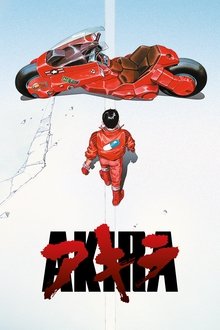
Akira (1988)
A secret military project endangers Neo-Tokyo when it turns a biker gang member into a rampaging psychic psychopath that only two teenagers and a group of psychics can stop.

Let Me Eat Your Pancreas (2017)
A dying girl meets a nonchalant boy who found out her secret. She decided to fulfill her bucket list with none-other-than the boy who couldn't care less about the world.
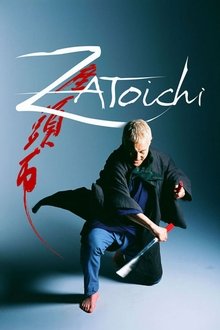
Zatoichi (2003)
Blind traveler Zatoichi is a master swordsman and a masseur with a fondness for gambling on dice games. When he arrives in a village torn apart by warring gangs, he sets out to protect the townspeople.
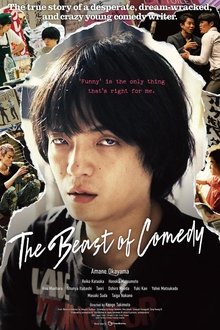
The Beast of Comedy (2024)
Tsuchiya, who lives with his single mother in Osaka, does not get serious work once he graduates from high school, but rather devotes himself to mailing jokes to the “Ohgiri” variety show. Seeking to be recognized as a show “Legend,” he devotes his entire life to laughter, setting himself the task of submitting hundreds of entries per day. At loose ends, he encounters a drifter, Pink, who finds him work at his bar while Tsuchiya now devotes himself to becoming a “postcard craftsman” who submits material to a radio program. The entertainers on the program begin to use material from his postcards. A comedian Tsuchiya admires, one of a comic duo called “Bacon,” says on the air that he admires Tsuchiya’s material and that he wants “to do material together.” Dreaming of another chance, Tsuchiya heads for Tokyo.
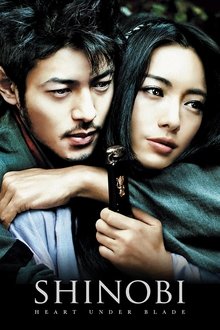
Shinobi: Heart Under Blade (2005)
Even though Gennosuke and Oboro are from rival ninja villages, they are secretly in love. At an annual conference with the Lord, it is dictated that a competition--a fight to the death--will take place between the five best shinobi from each village. Gennosuke and Oboro's love is made even more impossible when they each got picked as the leader of the five to represent their respective villages.

Inu-Oh (2022)
A cursed dancer and a blind musician — both ostracized by society — become business partners and inseparable friends as their larger-than-life concerts propel them to stardom in 14th century Japan.
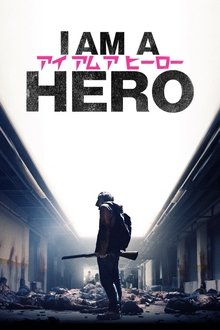
I Am a Hero (2016)
A man witnesses a fatal traffic accident on his way home from work, and the victim is clearly killed on impact. A moment later, when the corpse stands up and walks away, it could be a hallucination or something far more extraordinary.
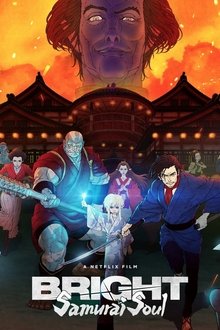
Bright: Samurai Soul (2021)
Izo, a Ronin, and Raiden, an orc, work to bring a young elf girl and the wand she carries to the land of the elves in the north.

Love and Lies (2017)
The Japanese government carries out a program to increase the birth rate in the country. Their program analyzes gene information from its residents and selects a marriage partner for them. Aoi Nisaka is a high school student. She is in a love triangle with childhood friend Yuto Shiba and Sosuke Takachiho. Sosuke Takachiho is appointed by the government to become her husband.

Kamome Diner (2006)
On a quiet street in Helsinki, Sachie has opened a diner featuring rice balls. For a month she has no customers. Then, in short order, she has her first customer, meets Midori, a gangly Japanese tourist, and invites her to stay with her.
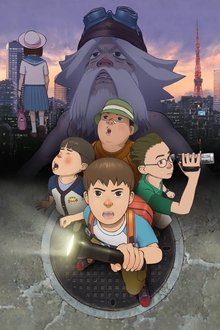
SOS! Tokyo Metro Explorers: The Next (2007)
Summer, 2006. A 5th grader Ryuhei discovers a notebook entitled "Tokyo Exploring Records." It was a journal kept by his father, Shohei, when he was around Ryuhei's age. Ryuhei forms his own exploration party with his friends Shun and Yoshio. One summer day, the party and Ryuhei's younger brother Sasuke who happens to tag along, heads to the dungeon looking for a treasure indicated on the journal

Ping Pong (2002)
As children, the introverted Smile was being bullied by a gang of kids until the brash Peco comes by and chases all of them them away. Peco then takes Smile under his wings and teaches him how to play the game of ping pong. From there a life long best friend relationship comes into existence between these two polar opposite kids.
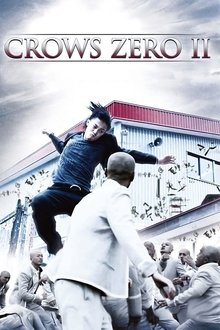
Crows Zero II (2009)
Genji and his victorious G.P.S. alliance find themselves facing down a new challenge by the students of Hosen Academy, feared by everyone as 'The Army of Killers.' The two schools, in fact, have a history of bad blood between them. And the simmering embers of hatred are about to flare up again, burning away any last remnants of the truce they had so rigorously observed until now.

Goemon (2009)
Follow the infamous ninja bandit named Ishikawa Goemon (Yosuke Eguchi) in an epic story. One night while looting treasure from Nanban (Southern Barbarians), Goemon finds a mysterious box hidden inside a secret grave. A forgotten relic from the past containing untold powers.
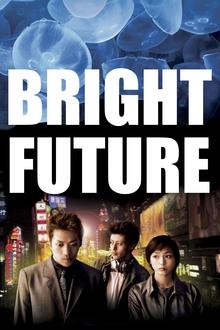
Bright Future (2003)
Two friends who work together at a Tokyo laundry are increasingly alienated from everyday life. They become fascinated with a deadly jellyfish.
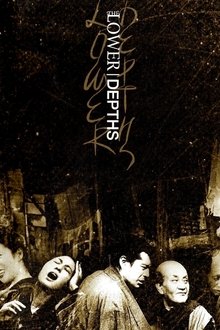
The Lower Depths (1957)
Residents of a rundown boardinghouse in 19th-century Japan, including a mysterious old man and an aging actor, get drawn into a love triangle that turns violent. When amoral thief Sutekichi breaks off his affair with landlady Osugi to romance her younger sister, Okayo, Osugi extracts her revenge by revealing her infidelity to her jealous husband.